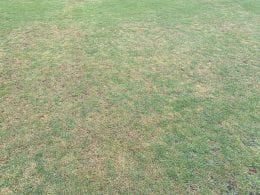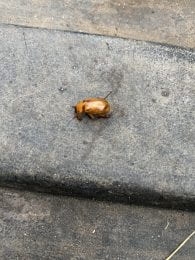(By Jared Hoyle; KSU Turfgrass Research and Extension)
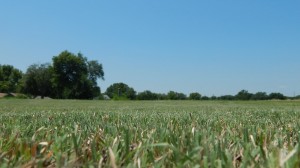 “Spring is just right around the corner!” Yeah, right… I think immediately right after I typed that a winter weather advisory went into effect for Manhattan. It seems like spring will never make it but don’t let it catch you off guard. Right now is a good time to start planning your lawn calendar for the year.
“Spring is just right around the corner!” Yeah, right… I think immediately right after I typed that a winter weather advisory went into effect for Manhattan. It seems like spring will never make it but don’t let it catch you off guard. Right now is a good time to start planning your lawn calendar for the year.
In one of the latest Horticulture Newsletters, KSU Horticulture Extension Associate, Ward Upham, outlined a calendar for cool-season grasses. This is a good outline that you can modify to fit your home lawn.
Lawn Calendar for Cool-Season Grasses
The following suggestions are for cool-season grasses such as Kentucky bluegrass or tall fescue. Zoysiagrass, bermudagrass, and buffalograss are warm-season grasses and require a different maintenance regime.
March
Spot treat broadleaf weeds if necessary. Treat on a day that is 50 degrees or warmer. Rain or irrigation within 24 hours of application will reduce effectiveness.
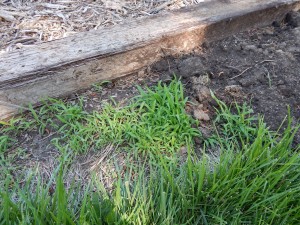 April
April
Apply crabgrass preventer when redbud trees are in full bloom, usually in April. The preventer needs to be watered in before it will start to work. One-quarter inch of water will be enough to water in any of the products mentioned in this calendar. Remember that a good, thick lawn is the best weed prevention and may be all that is needed.
May
Fertilize with a slow-release fertilizer if you water your lawn or if you receive enough rainfall that your turf normally doesn’t go drought-dormant during the summer. If there are broadleaf weeds, spot treat with a spray or use a fertilizer that includes a weed killer. Rain or irrigation within 24 hours of application will reduce effectiveness of the weed killer, but the fertilizer needs to be watered in. If you are using a product that has both fertilizer and weed killer, wait 24 hours after application before watering in.
June through Mid-July
Apply second round of crabgrass preventer by June 15 – unless you have used Dimension (dithiopyr) or Barricade (prodiamine) for the April application. These two products normally provide season-long control with a single application. Remember to water it in. If grubs have been a problem in the past, apply a product containing imidacloprid during the first half of July. This works to prevent grub damage. It must be watered in before it becomes active.
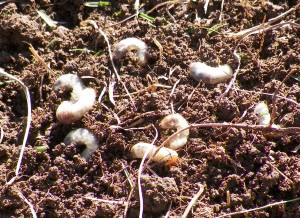 Late-July through August
Late-July through August
If you see grub damage, apply a grub killer that contains Dylox. Imidacloprid is effective against young grubs and may not be effective on late instar grubs. The grub killer containing Dylox must be watered in within 24 hours or effectiveness drops.
September
Fertilize around Labor Day. This is the most important fertilization of the year. Water in the fertilizer.
November
Fertilize. This fertilizer is taken up by the roots but is not used until the following spring. Water in fertilizer. Spray for broadleaf weeds even if they are small. Broadleaf weeds are much easier to control in the fall than in the spring. Spray on a day that is at least 50 degrees. Rain or irrigate within 24 hours reduces effectiveness. Use label rates for all products!
Always remember to READ THE LABEL for the correct rate, turfgrass tolerance, and specific instructions before application!!!
***Mention of trade names or commercial products in this article is solely for identification purposes and does not imply recommendation or endorsement, nor is criticism implied of similar products not mentioned by Kansas State University.***
Don’t forget to follow me on twitter @KSUTurf.
Also, visit our facebook page www.facebook.com/KSUTurf

